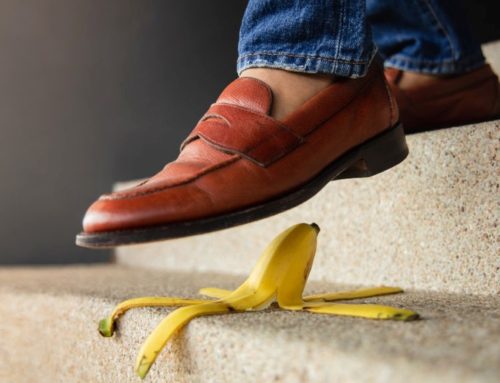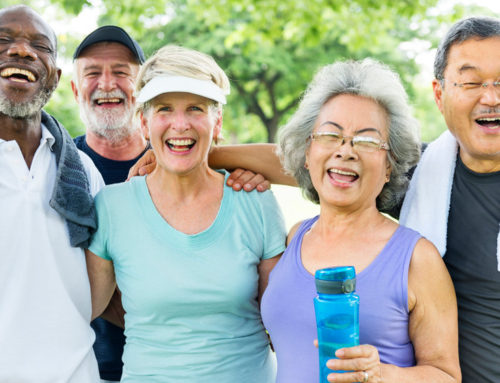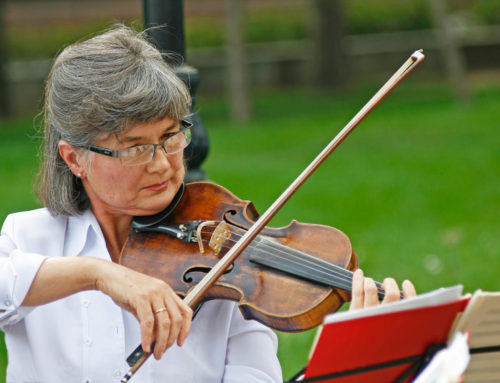Share This Story!
Feeling Out Of Breath?
A feeling of breathlessness is quite common, particularly after strenuous exercise. But walking to the end of the driveway for the morning mail should not be a difficult task. For millions, tasks like a short walk or climbing stairs create an out of breath feeling. If a simple movement brings about shallow breathing, a serious issue could be at hand.
Taking your breath away
The term often used for shortness of breath is dyspnea. In simple terms, dyspnea is the inability to breathe deeply and naturally. The reasons for dyspnea include psychological, environmental, lifestyle, cardiovascular or respiratory issues. The timing and degree of breathlessness also varies from person to person. In fact, 25% of primary care visitors state shortness of breath as a symptom. Regardless of the cause, dyspnea stems from a lack of oxygen in the blood or an increase in carbon monoxide. Here are 3 of the many possible causes for feeling out of breath.
1. A tight chest
Heart conditions like angina bring about shortness of breath. Angina is a chest pain created by an insufficient supply of blood to the heart muscle. The pain spreads to the shoulders, neck, and arms. Angina is a symptom of heart disease and a sign of a possible future heart attack. An early symptom of angina is an out of breath feeling when performing physical activity. Based on the type of angina experienced, doctors can prescribe the necessary medicine to fight pain and breathlessness.
2. All about asthma
Shortness of breath is a common symptom of asthma. Asthma is a constant inflammation of the airways. The swollen airways affect the amount and quality of air in the lungs. As a result, breathing becomes more difficult. The muscles around the lungs and airways can further constrict air flow. The respiratory condition affects 1 in 13 Americans . However, shortness of breath could be a sign of undiagnosed asthma. Environmental factors like dust, pollen, smoking, and even animals trigger asthma. So does cleaning up the house bring about a little wheezing? Experiencing shortness of breath during allergy season? Seeking help from a doctor for an asthma test may be recommended.
3. A sedentary lifestyle
The most common cause of breathlessness is simply being out of shape. Leading a sedentary lifestyle brings about dyspnea when the time comes to perform a simple task. Add smoking or obesity to the equation and lifting a heavy box is sure to bring on huffs and puffs. With age, the odds of being inactive increase even more. The lungs, heart and circulatory systems weaken, discouraging older persons from keeping active. At any age, a healthy, active lifestyle greatly improves cardiovascular and respiratory health. Simple activities can once again become a breeze.
Tackle the deeper problem
Shortness of breath is not an illness but a symptom. Dyspnea could be a sign of a deeper issue. The reason could be obvious like a sedentary lifestyle. Or the reason could be nuanced, requiring a deep dive from a physician. Take the feeling of being out of breath seriously. Finding out early can be lifesaving; seek treatment by discussing symptoms with a healthcare provider today.





